
Polytetrafluoroethylene (PTFE) is a synthetic fluoropolymer of tetrafluoroethylene, and has numerous applications because it is chemically inert. The commonly known brand name of PTFE-based composition is Teflon by Chemours, a spin-off from DuPont, which originally discovered the compound in 1938.

Canvas is an extremely durable plain-woven fabric used for making sails, tents, marquees, backpacks, shelters, as a support for oil painting and for other items for which sturdiness is required, as well as in such fashion objects as handbags, electronic device cases, and shoes. It is popularly used by artists as a painting surface, typically stretched across a wooden frame.

Fiber or fibre is a natural or artificial substance that is significantly longer than it is wide. Fibers are often used in the manufacture of other materials. The strongest engineering materials often incorporate fibers, for example carbon fiber and ultra-high-molecular-weight polyethylene.

A thermoplastic, or thermosoftening plastic, is any plastic polymer material that becomes pliable or moldable at a certain elevated temperature and solidifies upon cooling.

Lamination is the technique/process of manufacturing a material in multiple layers, so that the composite material achieves improved strength, stability, sound insulation, appearance, or other properties from the use of the differing materials, such as plastic. A laminate is a layered object or material assembled using heat, pressure, welding, or adhesives. Various coating machines, machine presses and calendering equipment are used.

A tarpaulin or tarp is a large sheet of strong, flexible, water-resistant or waterproof material, often cloth such as canvas or polyester coated with polyurethane, or made of plastics such as polyethylene. Tarpaulins often have reinforced grommets at the corners and along the sides to form attachment points for rope, allowing them to be tied down or suspended.
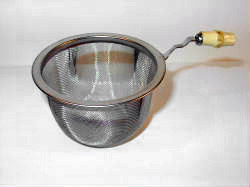
A mesh is a barrier made of interlaced strands of metal, fiber or other flexible or ductile materials. A mesh is similar to a web or a net in that it has many interwoven strands.
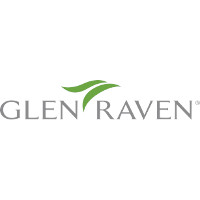
Glen Raven, Inc. is a fabric manufacturing and marketing company. The company is headquartered in Glen Raven, North Carolina and headed by Leib Oehmig, who took over after Allen Erwin Gant, Jr., the grandson of John Quintin Gant and founder of the industry advocacy group National Council of Textile Organizations, retired. Glen Raven has operations in the United States, France, and China.

An awning or overhang is a secondary covering attached to the exterior wall of a building. It is typically composed of canvas woven of acrylic, cotton or polyester yarn, or vinyl laminated to polyester fabric that is stretched tightly over a light structure of aluminium, iron or steel, possibly wood or transparent material. The configuration of this structure is something of a truss, space frame or planar frame. Awnings are also often constructed of aluminium understructure with aluminium sheeting. These aluminium awnings are often used when a fabric awning is not a practical application where snow load as well as wind loads may be a factor.

Sailcloth is cloth used to make sails. It can be made of a variety of materials, including natural fibers such as flax, hemp, or cotton in various forms of sail canvas, and synthetic fibers such as nylon, polyester, aramids, and carbon fibers in various woven, spun, and molded textiles.
Vinyl coated polyester is a material frequently used for flexible fabric structures. It is made up of a polyester scrim, a bonding or adhesive agent, and an exterior PVC coating. The scrim supports the coating and provides the tensile strength, elongation, tear strength, and dimensional stability of the resulting fabric. Depending on its formula, the PVC coating makes the material waterproof and resistant to dirt, mildew, oil, salt, chemicals and UV rays and gives the material added strength and durability. It can be sewn or heat sealed by way of RF(Radio Frequency) welding or hot-air welding.
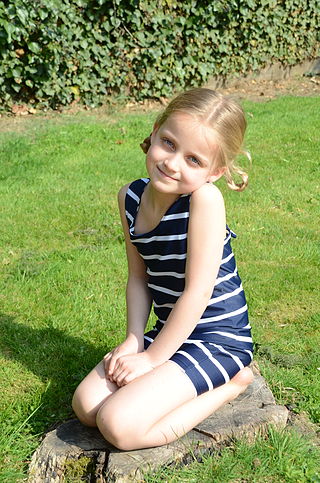
Sun protective clothing is clothing specifically designed for sun protection and is produced from a fabric rated for its level of ultraviolet (UV) protection. A novel weave structure and denier may produce sun protective properties. In addition, some textiles and fabrics employed in the use of sun protective clothing may be pre-treated with UV-inhibiting ingredients during manufacture to enhance their effectiveness.
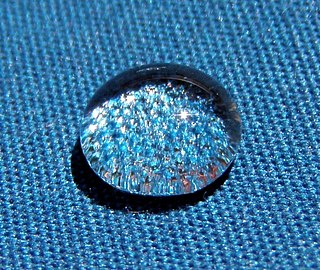
"Technical textile" refers to a category of textiles specifically engineered and manufactured to serve functional purposes beyond traditional apparel and home furnishing applications. These textiles are designed with specific performance characteristics and properties, making them suitable for various industrial, medical, automotive, aerospace, and other technical applications. Unlike conventional textiles used for clothing or decoration, technical textiles are optimized to offer qualities such as strength, durability, flame resistance, chemical resistance, moisture management, and other specialized functionalities to meet the specific needs of diverse industries and sectors.

A Bimini top is an open-front canvas top for the cockpit of a boat, usually supported by a metal frame. Most Biminis can be collapsed when not in use, and raised again if shade or shelter from rain is desired.
A fabric structure is a structure made of fabric, with or without a structural frame made from the weaving of the fabric itself. The technology provides end users a variety of aesthetic free-form building designs. Custom-made structures are engineered and fabricated to meet worldwide structural, flame retardant, weather-resistant, and natural force requirements. Fabric structures are considered a sub-category of tensile structure.
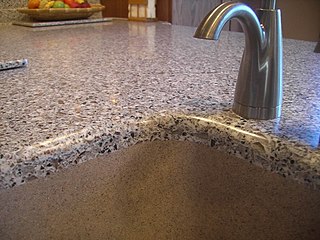
Solid surface is a man-made material usually composed of a combination of alumina trihydrate (ATH), acrylic, epoxy or polyester resins and pigments. It is most frequently used for seamless countertop installations.

A thread is a long strand of material, often composed of several filaments or fibres, used for joining, creating or decorating textiles. Ancient Egyptians were known for creating thread using plant fibers, wool and hair. Today, thread can also be made of many different materials including but not limited to cotton, wool, flax, nylon, silk, polyester etc. There are also metal threads, which can be made of fine wire.
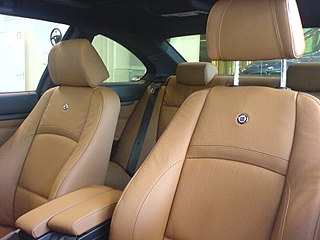
An Automotive textile is a technical textile used in the transportation and automotive industries. The choice of type of automotive textile focuses on aspects of safety, comfort, and aesthetics. These textiles have variety of applications in the automotive industry, such as interior fittings, safety features, sound insulation, and tire reinforcement.















